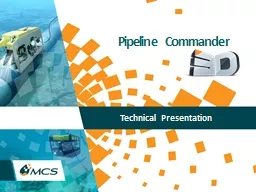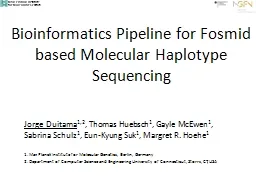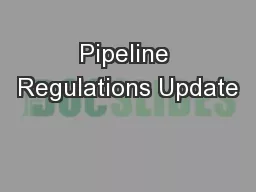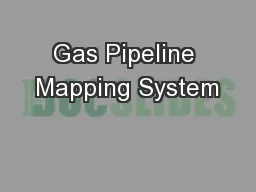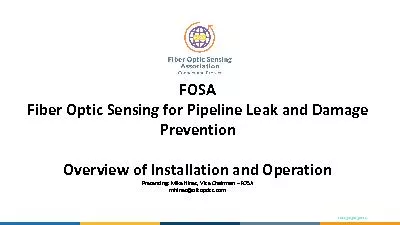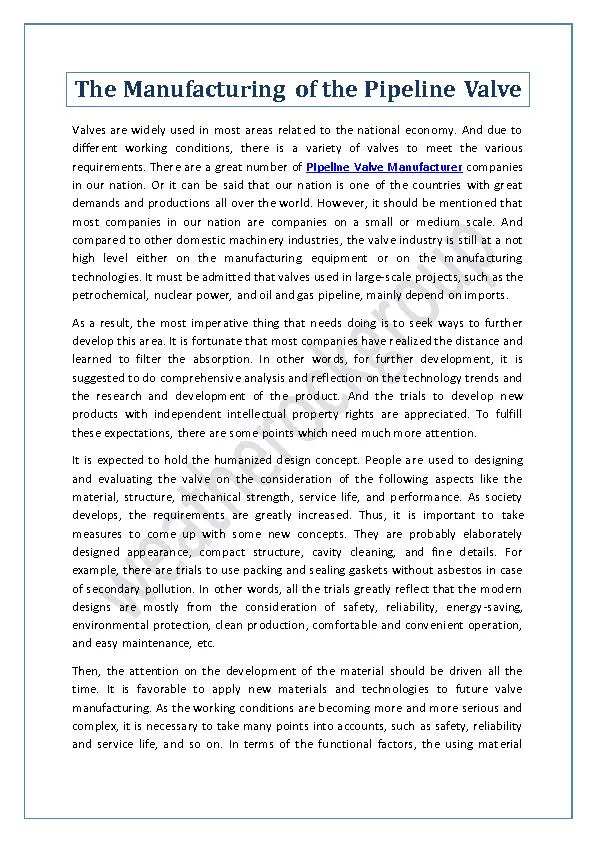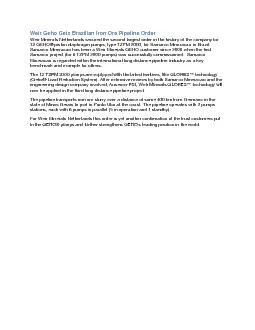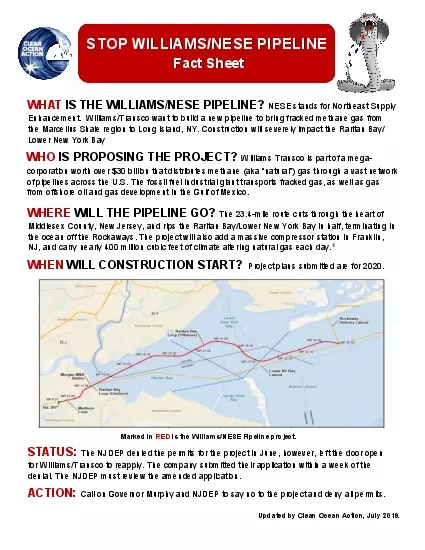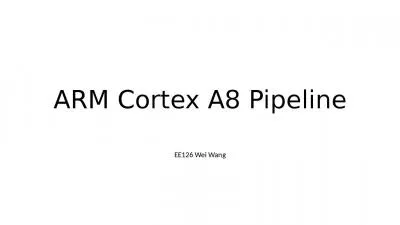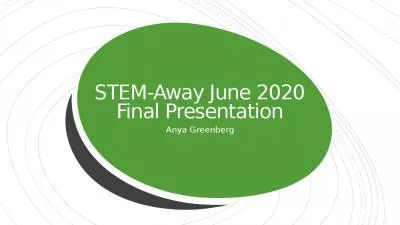PPT-Target Selection Pipeline
Author : projoutr | Published Date : 2020-06-25
Peter Nugent LBNLUCB Level 3 Manager 1 Outline Overview of Deliverables Input Data amp Processing Description of NERSC Targeting Database Scalability Traceability
Presentation Embed Code
Download Presentation
Download Presentation The PPT/PDF document "Target Selection Pipeline" is the property of its rightful owner. Permission is granted to download and print the materials on this website for personal, non-commercial use only, and to display it on your personal computer provided you do not modify the materials and that you retain all copyright notices contained in the materials. By downloading content from our website, you accept the terms of this agreement.
Target Selection Pipeline: Transcript
Download Rules Of Document
"Target Selection Pipeline"The content belongs to its owner. You may download and print it for personal use, without modification, and keep all copyright notices. By downloading, you agree to these terms.
Related Documents



